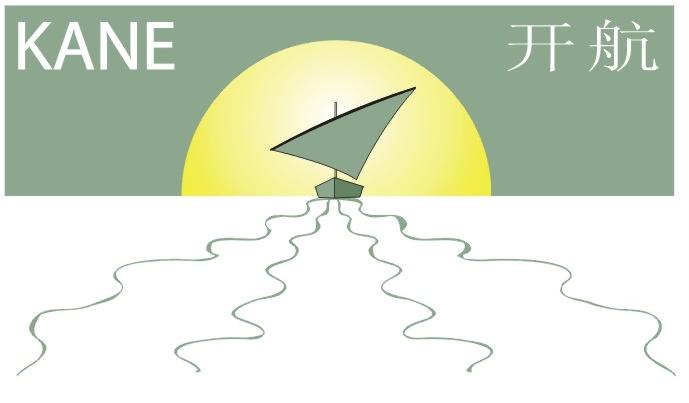Thursday, March 13, 2008
Maotai: A Consumer Monopoly?
FDI 'Slowdown' in February is Comical
What really struck me about this article however was the following...
"New foreign-funded firms fell 38.02 percent to 1,454, as investors focused on bigger and more capital-intensive projects, said Li Maoyu, an analyst at the Changjiang Securities." [1]
As a sign of the times, this plainly means that the central government is much more interested in encouraging larger scale projects that not only will help the macroeconomics of China, but also are more easily controlled by the central authorities. Furthermore, it is a sign of the continued changing demographics of China as urbanization continues to steamroll ahead and China's tier-2 and tier-3 cities consolidate and attract millions of migrants.
[1] Wang Yanlin, Shanghai Daily, March 13, 2008, (c) Shanghai Daily Information Company
Tuesday, March 11, 2008
China Transportation - Subway or Rapid Transit?
"City In Central China Plans To Spend $40B On Subway System...Wuhan, capital of Hubei province, plans to spend CNY300 billion (US$40 billion) to expand its subway system, Xinhua said. It will be extended from seven to 12 lines with 309 stations by 2015. Once the expansion is finished, 66% of the city's 8.7 million people will be able to find a subway station within 600 meters of their home, Xinhua said." [1]
Certainly for China's mega cities, of which Wuhan truly belongs in the mix, building a massive underground system is in order and will effectively reduce congestion in the years to come. But, what about China's smaller cities? Does the benefit outweigh the cost for cities such as Qingdao, Dalian, and Shenyang? Are there better and cheaper alternatives for Wuxi, Changzhou, Suzhou, and Hangzhou?
Yesterday, I was given a fantastic opportunity to put that in perspective when I visited with Professor Ralph Gakenheimer of the MIT's School of Architecture and Urban Planning. Dr. Gakenheimer specializes in urban planning and transportation planning and brought to my attention an interesting alternative to subway lines that has really caught on in Latin America, Europe, and increasingly the North America and Asia. That system is something called Rapid Bus Transit, or Rapid Transit. What happens in a system like this is that the municipality builds an extra lane exclusively for buses that will stop only at express points in a city or along a highway. To get on and off the bus, you need to have entered similar to a subway where your fare is already paid so that passengers get on and off the bus quickly. Dr. Gakenheimer says average stop times are reduced to 20 seconds and falling.

